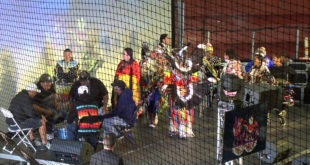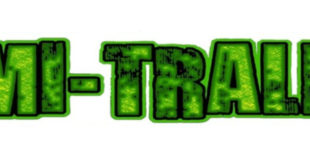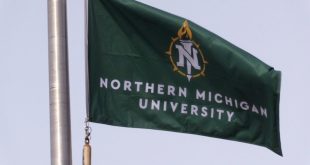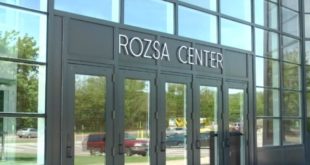More than 200 Great Lakes researchers will converge at the State of Lake Superior Conference Oct. 9-12, 2018 at Michigan Technological University.
Lake managers, lake ecosystem stewards, university researchers, tribes, government agencies and decisionmakers will convene in Houghton to discuss the results of the latest Lake Superior scientific research and monitoring efforts, and what it signifies to communities and people across the Lake Superior basin.
The State of Lake Superior Conference (SOLS18) is hosted by the International Association for Great Lakes Research (IAGLR), a scientific organization of researchers that encompasses all science disciplines with a common interest in the management of large lake ecosystems. The conference will be held at Michigan Technological University in coordination with the University’s Great Lakes Research Center, Keweenaw Bay Indian Community’s Natural Resources Department and Keweenaw Bay Ojibwa Community College.
Two evening events, scheduled in conjunction with the conference, are free and open to the public:
Tuesday, Oct. 9 from 6 to 8 p.m., the “Lake Superior Lakewide Action and Management Plan (LAMP)” public session will provide an overview of stressors and threats to Lake Superior, as well as actions being taken to protect and restore Lake Superior. A group of kayakers who call themselves “Four the Water” will share stories from their 2018 journey around Lake Superior, including their citizen-science monitoring of microplastics. This session will allow time for networking with various Lake Superior managers who are helping to implement the LAMP. This session will be held in the Memorial Union Ballroom on Michigan Technological University campus.
Wednesday, Oct. 10 from 5:45 to 7:30 p.m., the “Scientific Challenges of Developing a Plan to Protect Buffalo Reef” session will describe alternatives being considered to protect the reef in the future, provide an open discussion on the challenges, and discuss how to overcome them. A century ago, 23 million tons of mine tailings were dumped into Lake Superior. Wind, waves and currents have pushed these tailings toward Buffalo Reef, a valuable area for fish spawning. This copper-laden waste, also called stamp sands, has covered over a third of the reef and a similar amount of nearby juvenile whitefish habitat. The United States Environmental Protection Agency initiated the Buffalo Reef Task Force two years ago to develop a management plan to preserve and protect lake trout and whitefish populations. The session will be held in the MUB Ballroom.
 Keweenaw Report Your Source for Local News and Sports
Keweenaw Report Your Source for Local News and Sports





